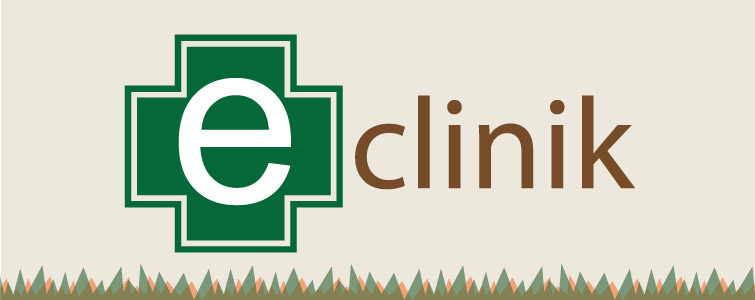Quick Access
- Home
- Introduction
- Taxonomy
- Research
- Sampling
- Survey & Surveillance
- Methodologies
- Tools & Devices
- Researchers/Experts
- Research Institutes
- Research Journals
- Miscellaneous
- Management
- Technologies
- Barrier Technology
- Bait Technology
- Borate Technology
- Gel Treatment
- Soil Treatment
- Seed Treatment
- Spot Treatment
- Tree Trunk Treatment
- Push-Pull Treatment
- Mound Treatment
- Others
- Termiticides
- ITK
- Publication
- Research Articles
- Books/Chapters/ Manuals
- Bulletins/Pamphlets
- Posters
- Theses/Reports/Proceedings
- Our Publications
- Bibliography
- Extension
- Extension Services
- Seminar/Conference/Workshop
- Trainings
- Extension Literature
- Relevant News Clips
- Poster Gallery
- Contact us
Soil Treatment
General soil management practices
Soil treatment is a specialised task in protected cultivation. Due care must be taken to cause minimum health harzards to the operators, polyhouse visitors.
Soil treatment in protected cultication - a polyhouse at IARI Farm
Open field situations:
In annual vegetable (also ornamental) crops, right rotation especially including fallow periods is recommended. In tree-crops like litchi and mango, an indigenous technique of planting turmeric around the tree-basin is said to repel the termites.
Soil management:
- Deep summer ploughing is recommended before the onset of monsoon.
- Well decomposed FYM is to be applied to the field.
- Pre-planting tillage also destroys the tunnels built by termites and restricts their foraging activities and also reduces their damage to crops.
Tillage, irrigation and mulching practices covering soil:
- Border/bunds on perimeter should essentially be made clean of weeds, and cultivated deep, and soil is drenched with recommended insecticides.
- Crude method of termiticide application (mostly chlorpyriphos) in the irrigation channel should be avoided.
- Removing dry sticks, stubbles, bamboo sticks etc. in the field, using well rotten manure, application, avoiding crop residues.
- Appropriate soil-treatment after mound elimination must be followed. Please see the relevant section (Mound Treatment).
(a) Mounds on the borders/boundaries must be removed, (b) A mound dismantled on border, but not plugged with after appropriate chemical treatment
The website is designed, developed & maintained by Dr. G.K. Mahapatro & Dr. Murari Kumar
Last Updated: 27-03-2024
Total Visit: 02014897


